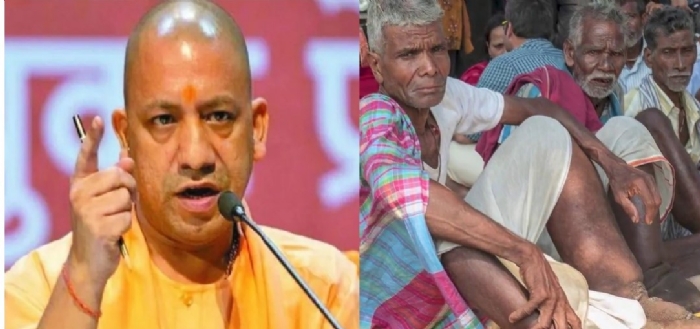‘Filaria Chale jao’: UP govt launches massive campaign for complete elimination of Filaria from State
Total Views |
Lucknow, November 25: Uttar Pradesh government has launched a massive immunisation campaign against the filariasis or Filaria today. Under the campaign, more than 65 thousand teams of health workers will distribute medicines to around 6.5 crore people till 10 December in 19 districts.

Central government has set year 2021 as the deadline for complete eradication of filaria in country. At present there are 1.25 lakh cases of filaria in 19 districts of Uttar Pradesh. State head of the campaign Dr. VP Singh has said that Last year as a pilot project triple drug therapy was tested in 5 districts of country including Varanasi and since the results were quite encouraging, this time these 19 district have been divided in double drug and triple drug categories in which they will be provided DEC tablet, Albendazole and ivermectin.
The 11 districts under Triple Drug are Kanpur Nagar, Kanpur Dehat, Unnao, Sitapur, Prayagraj, Lakhimpur Kheri, Mirzapur, Pratapgarh, Chandauli, Fatehpur and Hardoi. At the same time, under the double drug 8 districts Kaushambi, Rae Bareli, Sultanpur, Auraiya, Etawah, Farrukhabad, Kannauj and Ghazipur. The population above six and a half crores will be given Filaria medicine in all 19 districts.
What is Filariasis?
Filariasis is a parasitic disease caused by an infection with roundworms of the Filarioidea type. These are spread by blood-feeding diptera such as black flies and mosquitoes. This disease belongs to the group of diseases called helminthiases. Filariasis is caused by several round, coiled and thread-like parasitic worms that belongs to the family filaridea. These parasites penetrate the skin either their own or through the opening created by mosquito bites to reach the lymphatic system.
The disease is caused by the nematode worm, either Wuchereria bancrofti or Brugia malayi and is transmitted by mosquito species Culex quinquefasciatus and Mansonia annulifera, M.uniformis respectively. The disease generally presents with the symptoms like swelling of legs, and hydrocele and can cause a raft of societal stigma.
Filaria is the world's second-largest disease that is making people handicapped on a large scale. According to the World Health Organization, 65 million Indians are at risk of this disease. About 85.6 million people in 52 countries of the world are at risk of Filaria. Lymphatic Filaria is commonly known as Filaria. About 4.5 Lakh people are suffering from Filaria in India.
The Government of India has accorded a high priority for elimination of this infection through mass chemotherapy programme. This campaign has become a part of the National Vector-Borne Disease Control Programme in 2003 under the National Health Policy 2002 and aims to eliminate filariasis by 2015. Uttar Pradesh has become the first to scale up triple drug therapy for Filariasis elimination.
